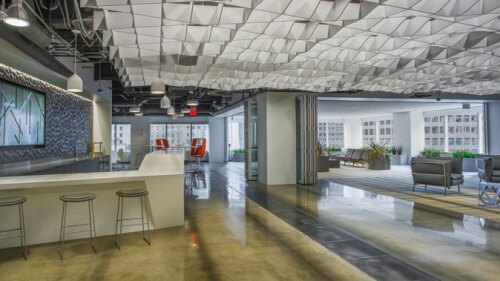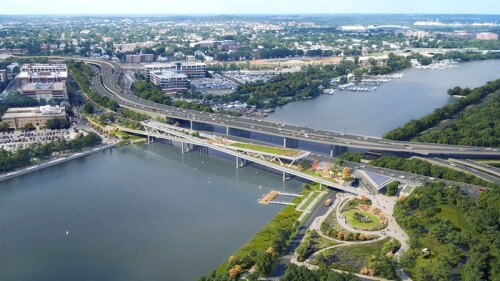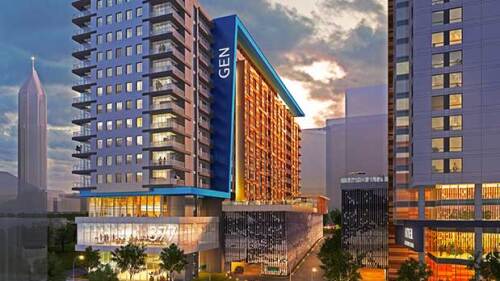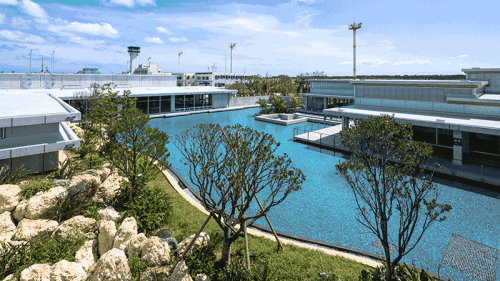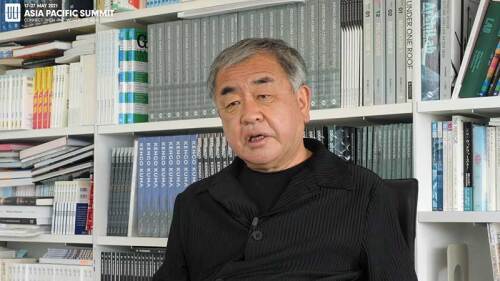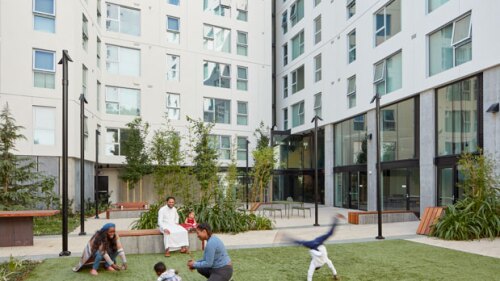Architecture – Design
With a goal of helping lure people back to the office in light of the post-pandemic work environment, Los Angeles-based real estate investment firm Coretrust Capital Partners is showcasing new technology which creates a safe and inviting workplace in an historic building.
Launched in fall 2020, Delve is an evaluation tool that uses artificial intelligence, Geographic Information System, and user input to optimize real estate development by Sidewalk Lab. Currently available on an engagement model, Delve pairs users with a team of consultants to generate highest and best use design options and help find design solutions for the nuances of complex projects. An updated version will be released later this year.
This interview with Scott Kratz, senior vice president of Building Bridges Across the River and director of the 11th Street Bridge Project, is part of a series designed to celebrate park visionaries and share inspiring and practical insights into their perspectives, challenges, and advice.
The Institute has announced 21 finalists for its 2022 ULI Americas Awards for Excellence, one of the most prestigious awards programs in the real estate industry. This year’s finalists include 19 developments in the United States and two in Canada.
The spring 2020 issue marks William P. Macht’s last as author of Urban Land’s widely popular column, Solution File. While the column will continue under other expert bylines, we wanted to take a moment to honor Macht’s past 20 years of contributions to the magazine and to industry thought leadership.
Fall meeting attendees toured on foot this dynamic and exciting community in Chicago that is evolving differently than any other Chinatown in America. A neighborhood rich with historic and award-winning contemporary architecture, this proud community is fighting gentrification while retaining its cultural significance.
Redeveloping an underused tropical airport with biophilic and sustainable design features.
Humanity has reached the limits of centralization and scale, and needs a return to light, space, and nature for fulfillment, says Japanese architect Kengo Kuma.
Ten new buildings exemplify sustainable design creativity.
Public subsidies, persistence, and innovative design decisions helped create homes for some of the poorest residents of San Francisco.

